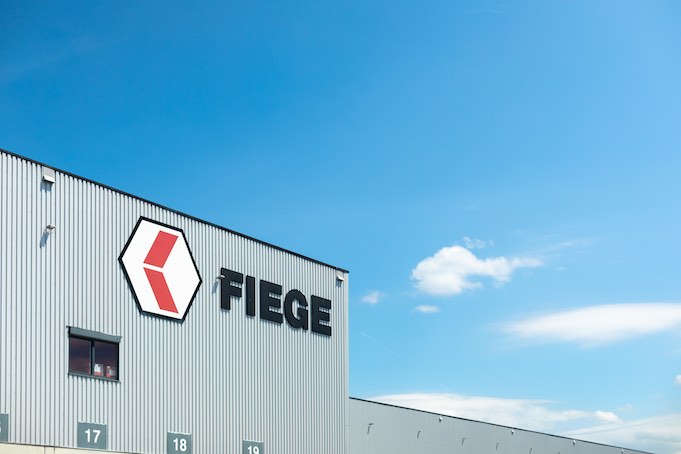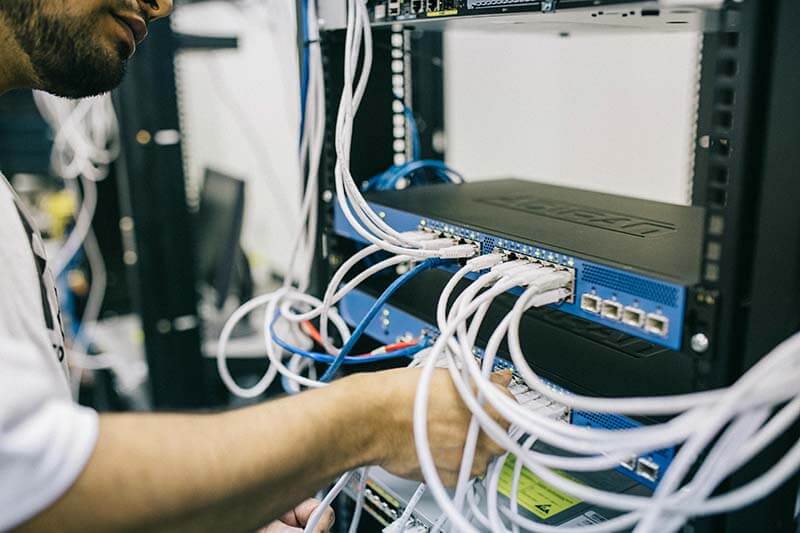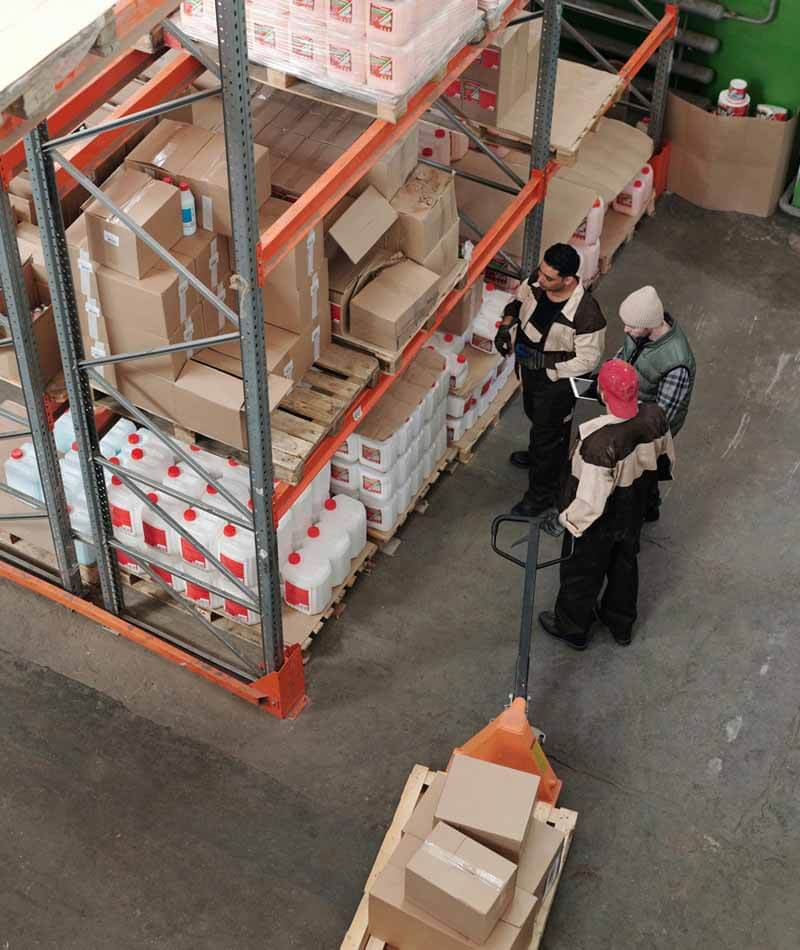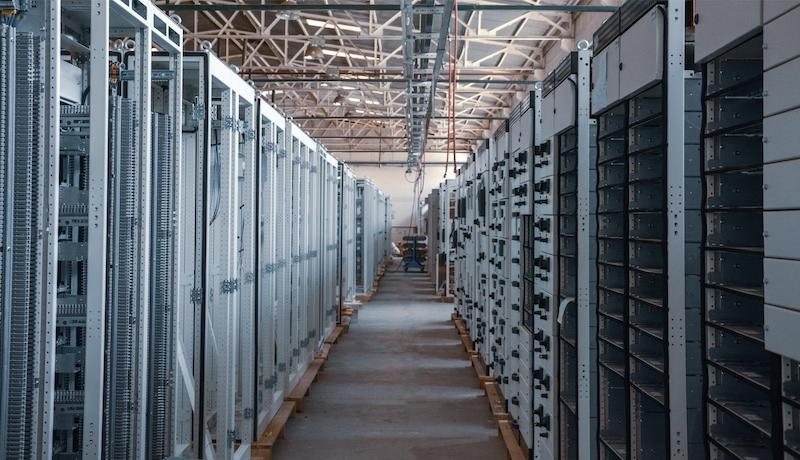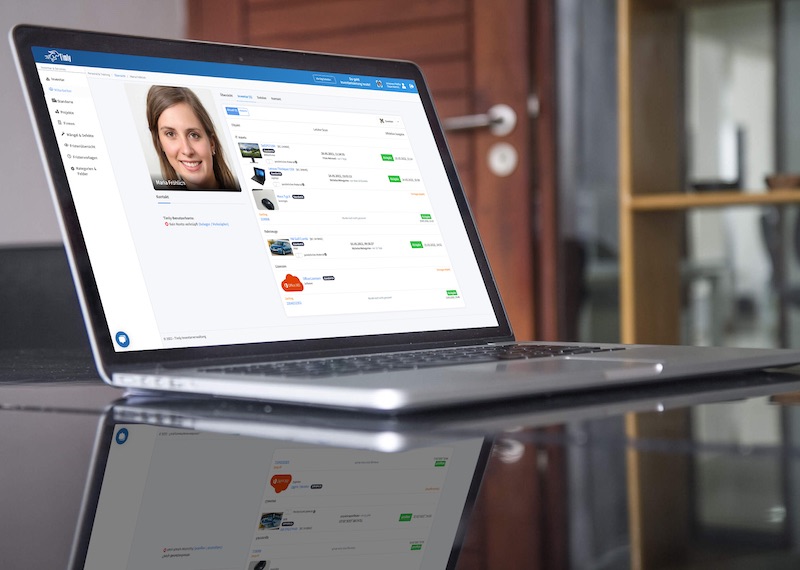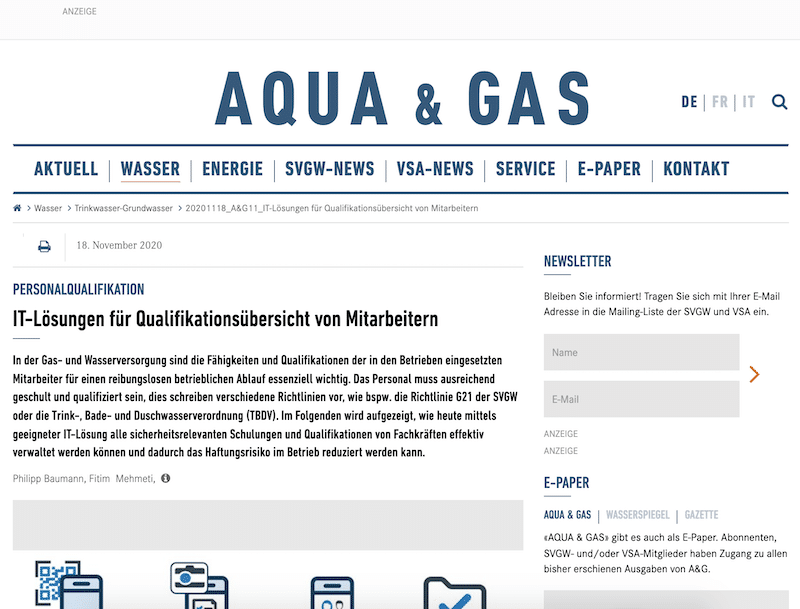
Key Takeaways:
- Implementing thorough rules and procedures throughout the IT asset lifecycle ensures compliance, security, and optimization, benefiting organizational efficiency and cost-effectiveness.
- Choosing the right ITAM software involves assessing functionality, scalability, integration capabilities, and total costs to meet organizational needs effectively.
- From procurement to disposal, following best practices at each stage of the IT asset management lifecycle ensures seamless operations, compliance, and resource optimization.
In This Article:
- IT Asset Management Best Practices
- What Are ITAM Best Practice Asset Management Examples?
- How to Select the Right ITAM Software?
- Implementing ITIL Asset Management Best Practices
- Asset Management Software in Use by Our Customers
- Hardware Asset Management Best Practices
- What Are the Steps of the It Asset Management Lifecycle Process?
- Asset Management Tools, Process and Practice
- Frequently Asked Questions About IT Asset Management Best Practices
IT Asset Management Best Practices
IT asset management best practices involve the implementation of specific rules and procedures that oversee the organization’s IT assets throughout their lifecycle, from production to end-of-life. This process encompasses purchasing, deployment, usage, maintenance, and the disposal of end-of-life IT assets. Hence, best practices include maintaining an up-to-date asset inventory to ensure compliance with license agreements, security measures, and asset optimization.
This is crucial for organizations seeking to streamline their IT operations, boost productivity, and reduce costs. An accurate inventory and compliance with licensing agreements help organizations avoid non-compliance penalties. To add on, upgrading security systems is essential to mitigate the risk of security breaches and protect finances and reputation.
Moreover, optimizing asset utilization ensures effective resource allocation, maximizing value, and minimizing unnecessary costs. These practices collectively contribute to efficient IT asset management, aligning with organizational goals and enhancing overall performance.
How to Do IT Asset Management?
- Start by creating an inventory of all IT assets: hardware, software, licenses, and peripherals. This requires thorough collection of asset names, models, serial numbers, purchase dates, and assignees.
- Next, classify each asset based on its type and usage. For example, categorize hardware assets such as desktops, laptops, etc., and software assets by application type, such as operating systems, financial software, etc.
- Thirdly, track the location of assets and ensure proper documentation. Tag or label assets with unique identifiers and document items based on deployment, transfers, and decommissioning.
- Ensure assets are managed throughout their lifecycle, considering warranty and expiration dates, license renewals, and hardware refreshes to optimize asset utilization and reduce downtime.
- Regularly monitor asset usage, compliance, and performance, and conduct periodic audits to stay on top of compliance, license agreements, and security policies.
- Lastly, ensure maintenance is conducted to keep hardware and software assets up-to-date and relevant, reducing disruptions and optimizing productivity within the organization.
What Are ITAM Best Practice Asset Management Examples?
There are various strategies to integrate ITAM best practices to optimize IT asset management throughout its lifecycle. Here are a few best practices to consider:
- Maintain up-to-date inventory management of all current and obsolete assets.
- Manage assets from the time of purchase until disposal.
- Ensure compliance with license, regulatory, and security policies to reduce the risk of fines for non-compliance.
- Track and document all asset transactions to demonstrate accountability and transparency.
- Utilize automation tools and integrate asset management processes with IT systems such as IT service management (ITSM) and configuration management databases (CMDB) to enhance efficiency and accuracy.
To ensure successful asset management strategies, organizations need to conduct periodic reviews of assets to identify discrepancies, optimize asset usage, and ensure compliance. Implementing a centralized ITAM platform or using software solutions can provide visibility, streamline asset management, and automate processes.
Proactive maintenance is essential to optimize performance, reduce downtime, and extend the lifespan of IT assets. Additionally, managing vendors effectively can help secure the best deals on contracts, track license expirations, and optimize procurement processes.
Over 600 Companies, Schools and Cities Rely on Timly
(No credit card required)
How to Select the Right ITAM Software?
In order to select the right ITAM software, organizations need to consider several criteria:
- Assessing the software’s functionality to handle inventory management, lifecycle management, compliance, and reporting capabilities.
- Ensuring that the software can scale with the organization’s assets and future growth.
- Verifying that the selected software can integrate with current IT systems, such as service management tools and databases.
- Opting for robust and user-friendly platforms to ensure easy adoption by stakeholders with minimal training requirements.
- Analyzing the total costs of licenses, implementation, and maintenance.
Popular ITAM software options in the marketplace include ServiceNow IT Asset Management, SolarWinds Asset Management, and IBM Maximo. These solutions are renowned for their functionality, scalability, and integration capabilities. To add on, Timly is emerging as a notable contender in the ITAM landscape, offering features to monitor and track assets throughout their lifecycle and facilitate inventory audits.

Implementing ITIL Asset Management Best Practices
Here are several key steps to implement ITIL asset management best practices:
- Assessment: Evaluate your asset management processes and identify areas that can be improved using ITIL guidelines.
- Planning: Ensure a detailed plan is in place, including the organization’s goals, project timeline, and required resources for success.
- Training: Provide ITIL training to dedicated staff to ensure adherence to best practices.
- Process Design: Utilize the ITIL framework to design asset management processes such as identification, tracking, and lifecycle management.
- Implementation: Gradually roll out the new processes and scale up as needed.
- Monitoring: Ensure that there is continuous monitoring of asset management processes to gather feedback and make adjustments accordingly.
A successful case study of ITIL implementation is evident in non-profit organizations like World Vision International. They were able to enhance asset tracking and management efficiency by aligning with ITIL processes and guidelines.
What Is ITIL Asset Management?
ITIL asset management involves implementing IT Infrastructure Library (ITIL) principles and best practices to gain an overview of the organization’s IT assets from start to finish. The ITIL framework ensures that standard guidelines are followed to optimize procedures tied to IT service management, thereby encompassing asset management.
By implementing ITIL best practices, organizations can enhance IT asset management by focusing on identifying, managing, utilizing, and retiring assets. The overarching goal of ITIL is to ensure that assets are well managed and aligned with the organization’s objectives, thus ensuring cost-effectiveness and compliance with regulations.
Moreover, ITIL integrates asset management methods with other IT service management processes to enhance efficiency and optimize functionality. Therefore, by incorporating IT asset management procedures into the organization, you can achieve better asset visibility, reduce costs and risks, and ensure the overall well-being of IT services provided to stakeholders.
Asset Management Software in Use by Our Customers
The Timly software is continuously evolving to meet the needs of our customers. In various success stories, we show you how Timly optimizes processes in companies, thereby saving significant effort. With Timly, inventory management becomes child’s play.

Optimized Device Management With Innovative Self-Inventory
SodaStream is the world market leader for water sparkling systems for domestic use and has a lot of IT equipment at its various locations. Many colleagues now work from their home offices. A digital solution for the efficient management of IT end devices became necessary...
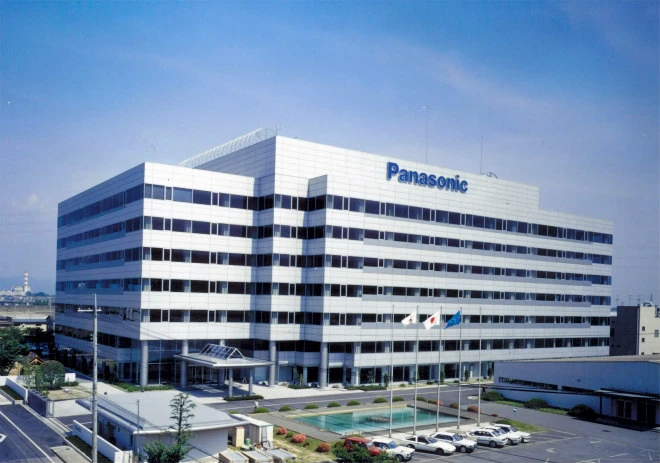
Panasonic x Timly: Driving Technological Innovation
One of the most remarkable aspects of human ingenuity is our ability to innovate. Innovation is embedded in the DNA of consumer electronics giant Panasonic, which has diversified into a number of sectors, from heavy industry to construction...
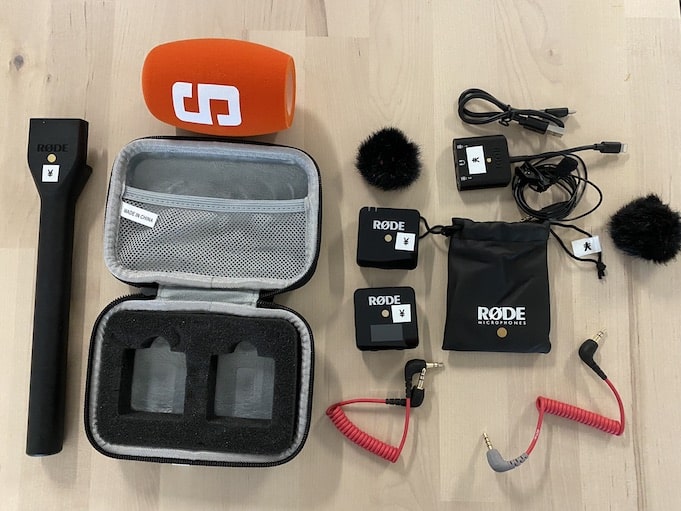
Manage Video Equipment Efficiently Without Much Effort
The Hamburg media company always does outstanding journalistic work and is characterized by independent reporting. In order to maintain journalistic quality, the teams work with highly specialized devices – these need to be managed efficiently...

Smart City Asset Management – Timly in Use at DIGOOH
The core business of DIGOOH Media GmbH in Cologne is to manage digital city light posters (DCLP) for outdoor use in various cities in Germany. The challenge here lies in making the client’s communication message always available at the right time, in the right place...
(No credit card required)
Hardware Asset Management Best Practices
Hardware asset management is important in IT to ensure that physical IT assets are used efficiently, securely, and cost-effectively. This should be ensured from the time of purchase right up until their end-of-life. It focuses on implementing thorough techniques for effective maintenance and tracking of hardware assets.
A centralized repository or database is crucial to documenting hardware information, including specifications, ownership, whereabouts, licensing agreements, and warranty status. Once this information has been collected, periodic physical audits must be conducted to ensure that the information and status of the assets tally with the database and to detect any inconsistencies.
Additionally, asset tagging and labeling would help simplify the process of detecting and monitoring physical assets. Asset tracking software is also important to ensure that asset management is automated, providing up-to-date information, maintenance schedules, and compliance updates.
Thus, it is important to ensure that standards and protocols are in place to gather, deploy, maintain, and decommission assets to adhere to regulatory mandates. Moreover, to achieve optimum hardware utilization, mitigate risks, and boost IT infrastructure management, it is crucial to follow these best practices.
Preventative Maintenance in Hardware Asset Management
Preventive maintenance in hardware asset management means proactively preserving the functionality and lifespan of hardware assets. This is to reduce the risk of unexpected failure of hardware assets while increasing their lifespan. To do so, organizations need to ensure regular checkups, cleaning, and replacement of components based on manufacturing recommendations or performance history.
An effective maintenance schedule begins with initiating a thorough assessment of hardware assets to determine critical components, maintenance requirements, and the frequency of servicing the hardware. Thus, it is important to generate a scheduled calendar, outlining tasks, responsibilities, and timelines needed for maintenance. Additionally, implementing automation tools helps provide reminders, streamline schedules, and ensure maintenance is performed on time. Thus, organizations can rest assured that by implementing preventive maintenance regularly, they would reduce the probability of hardware malfunctions, extend the asset’s lifespan, minimize downtime, and increase operational efficiency.
Tracking the Lifecycle of Hardware Assets
To track the lifecycle of hardware assets, you will need to utilize methods such as asset tagging, serial number tracking, and asset management software systems. Asset tagging allows unique identifiers to be assigned to the hardware; therefore, barcodes or RFID tags are used to identify and track the asset throughout its lifecycle. Additionally, serial numbers are used to record and monitor each hardware asset, aiding in tracing the asset’s overall history and usage.
Moreover, asset management software is utilized to track hardware assets, incorporating inventory management features, maintenance scheduling, and lifecycle reporting. It leverages cloud computing technology, database management, and IoT devices to automate tracking and provide real-time data on asset status and performance.
By employing these methods, organizations can effectively monitor hardware assets and ensure that the lifecycle of each item is clearly tracked and optimized to maximize its lifespan.
What Are the Steps of the It Asset Management Lifecycle Process?
The steps of the IT asset management lifecycle process touch on a few stages, which include procurement, deployment, utilization, maintenance, and disposal.
- Procurement: This stage requires planning, budgeting, choosing the right vendor, and purchasing IT assets.
- Deployment: Assets are then configured, set up, and integrated into the organization’s infrastructure.
- Utilization: This phase focuses on operational support and thus monitors the usage and performance of the assets.
- Maintenance: Regular maintenance, updates, repairs, and upgrades are conducted to secure and enhance the assets’ performance.
- Disposal: Once the asset reaches end-of-life, it is then decommissioned or disposed of in a responsible and sustainable manner.
Hence, the best practices for each stage would require thorough planning, documentation, tracking, automation, and compliance with policies and regulations. This allows the assets to be effectively managed throughout their lifecycle.
Asset Management Tools, Process and Practice
Asset management tools encompass a range of software and technologies crafted to ensure that assets are efficiently managed throughout their lifecycle. Some asset management tools include:
- Inventory Management Software: It allows tracking and management of assets such as hardware, software, licenses, and other devices.
- ITSM Tools: Asset management and service desk are integrated to streamline incident management and service requests.
- CMDB: A database that holds information about IT assets and provides a repository to configure items.
- Asset Tracking Systems: Utilize technologies like RFID, barcode scanning, or GPS to track the real-time location of assets.
By planning, documenting, analyzing, and incorporating best practices for each of these tools, organizations can ensure that their assets are well-managed, thereby increasing their lifespan and reducing any unwanted costs.
What Are the Key Processes and Practice of Asset Management?
The key processes and practices of asset management rely on a number of stages aimed at managing and optimizing IT assets effectively throughout their lifecycle. They are:
- Identify Assets: Identify all IT assets within the organization.
- Inventory Management: Thoroughly list all IT inventory assets, including ownership, location, status, and serial numbers.
- Lifecycle Management: Manage the IT asset from the time of purchase to end-of-life. This entails regular maintenance and upgrades to ensure optimal utilization until decommissioning.
- Compliance Management: Ensure that IT assets comply with regulatory requirements, licensing, and policies.
- Risk Management: Identify any risks, security vulnerabilities, and non-compliance issues that might affect asset ownership, potentially incurring additional costs.
By following these processes, organizations can ensure that assets operate effectively, providing better visibility and control. Moreover, it will help reduce costs and improve decision-making within the organization.
Information Technology Asset Management Self-Audit
Conducting regular self-audits on IT asset management is important for maintaining assets, optimizing utilization, and reducing the risk of malfunctions. Additionally, regular self-audits help organizations identify inaccuracies, discrepancies, and non-compliance within the asset inventory.
It is crucial to involve other departments such as finance, procurement, and legal to ensure that IT assets are aligned with the organization’s goals. Documenting audit findings, implementing corrective measures, and monitoring progress are important steps to drive continuous improvement in asset management practices, demonstrating transparency and accountability toward organizational goals.
Frequently Asked Questions About IT Asset Management Best Practices
What Are IT Asset Management Best Practices
What Is ITIL Asset Management?
Recommended for You:
Book an online demo - free and without obligation - or create your free trial account directly.











